The Pasta Map: Regional Shapes and Sauces You’ve Never Heard Of
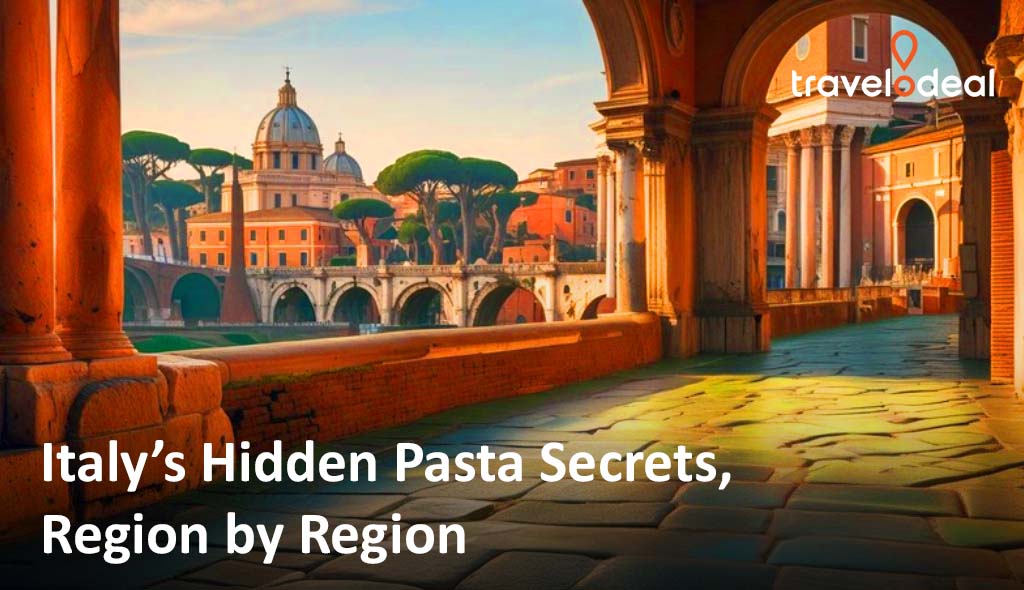
We are usually familiar in our minds with traditional pictures of Italian food that involve spaghetti and penne. The variety of pasta forms and flavors conveys a much more interesting world than what popular foods such as spaghetti and penne would suggest. Italian cuisine has an enormous range of pasta forms that vary in texture and use, and each tells the tale of the diverse regional cultures that create the meal.
Every pasta shape, when glancing at it, can tell a tale sewn with history and culture, from the thin capellini to the stout pappardelle. Underrated by comparison to famous Italian cuisine such as orecchiette from Puglia and trofie from Liguria, pasta shows the eccentric regional character that specifies Italian eating habits. These pastas are something more than ordinary ingredients; They are a way to understand how deep Italian food traditions are.
If you’re envisaging visiting Italy tour packages will create new opportunities to taste the country’s gastronomic treasures. Enjoy the tastes of famous Italian cuisine and get involved in the history, as well as the matched pasta variety of each dish. Leave it to Travelodeal‘s well-crafted tours to present you with one-of-a-kind, authentic flavors you may never experience before. Feasting on these flavors will have an enjoyable palate.
The Fascinating Origins of Unique Pasta Shapes Around Italy
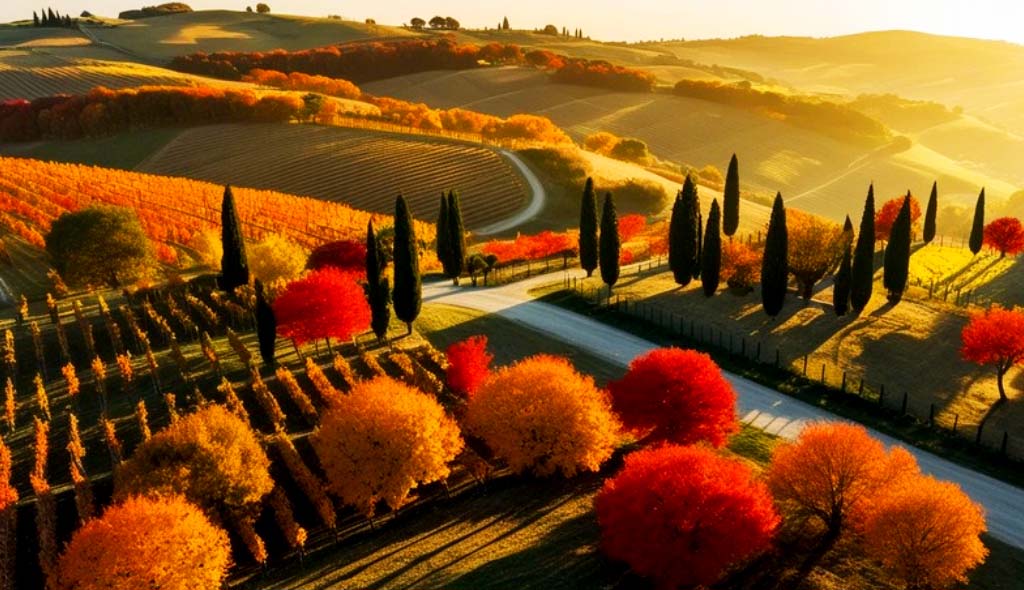
Multicolored Italian cuisine’s intricate fabric is woven by the forward-thinking beginnings of its unique ideas regarding the pasta shapes, each of which is an example of the history and culture of the region. Distinctive heritage and traditions embodied within every mouthful of a plate’s fare are illustrated in such Puglie application of hearty orecchiette and Lombardy refinement of farfalle. The popular Italian cuisine also includes this unique pasta shape, which has persisted in the world due to the work of artisan pasta makers, who carefully keep old recipes alive in their production.
The trip to Italy wouldn’t be fully accomplished without searching out and trying these unique regional pasta meals. From our foods, we see dense local practices and flavors, how geography and history make the current famous Italian cuisine. In Naples, “spaghetti alle vongole” creatively represents the region’s abundant fresh fish from the coast, and “tortellini” in rich meat fillings are a hallmark of the hardiness of the northern Emilia-Romagna.
Through exploring the history and connotations of these pasta forms, we achieve a richer relationship with favorite staples and come to understand the cultural richness of Italy’s rich culinary history.
A Deep Dive into Uncommon Sauces that Pair Perfectly with These Unique Shapes
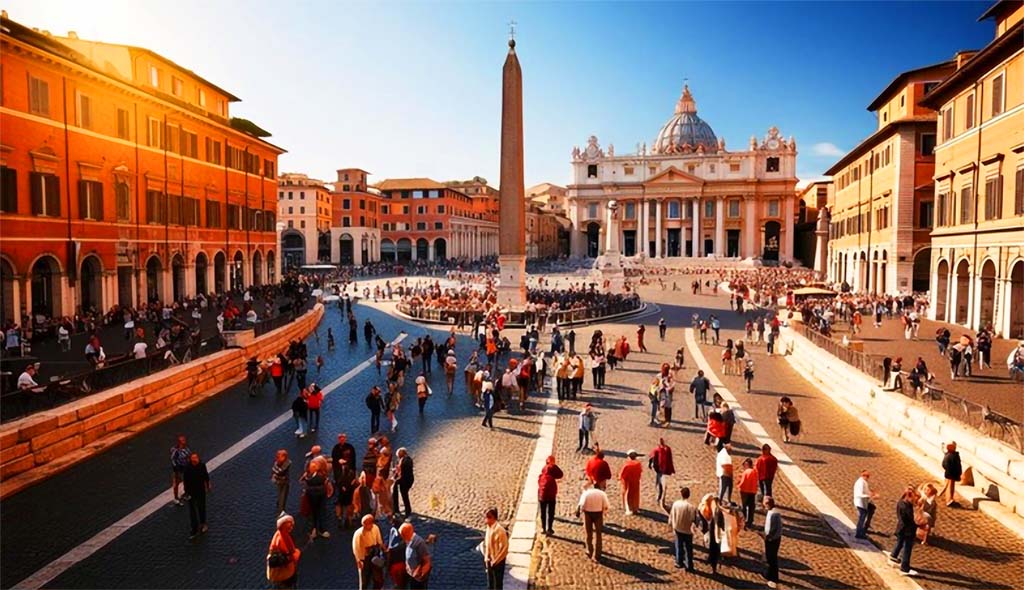
The shine on Italian cuisine usually falls in the direction of famous pasta forms and genuine sauce combinations. However, finding uncommon sauces is a great way to improve your general dining pleasure. Following various pasta shapes – and their new sauces – can add surprising depth to your palate.
Think about the completely unexpected divinity of orecchiette with a highly flavorful sauce, using turnip greens. This famous Italian cuisine highlights regional flavors and teaches visitors about a side of Southern Italy that doesn’t make it onto most popular tourist itineraries. A nice variation, eat pappardelle with a rich wild boar ragu. This broad pasta strand is paired perfectly with the rich yellowness of its meat.
If you want to experiment with your culinary horizons, quit with the old familiar classics of marinara or pesto. It might be a good idea to try ‘ Sugo di Pomodoro e Basilico ’- a simple tomato and basil sauce that is most authentic Italian taste can be added to any meal.
Having these distinctive sauces helps boost your culinary skills as you learn more about the authentic taste that makes the popular Italian cuisine – a mission that any lover of good food will appreciate.
The Geography of Pasta: How Location Influences Ingredients and Preparation
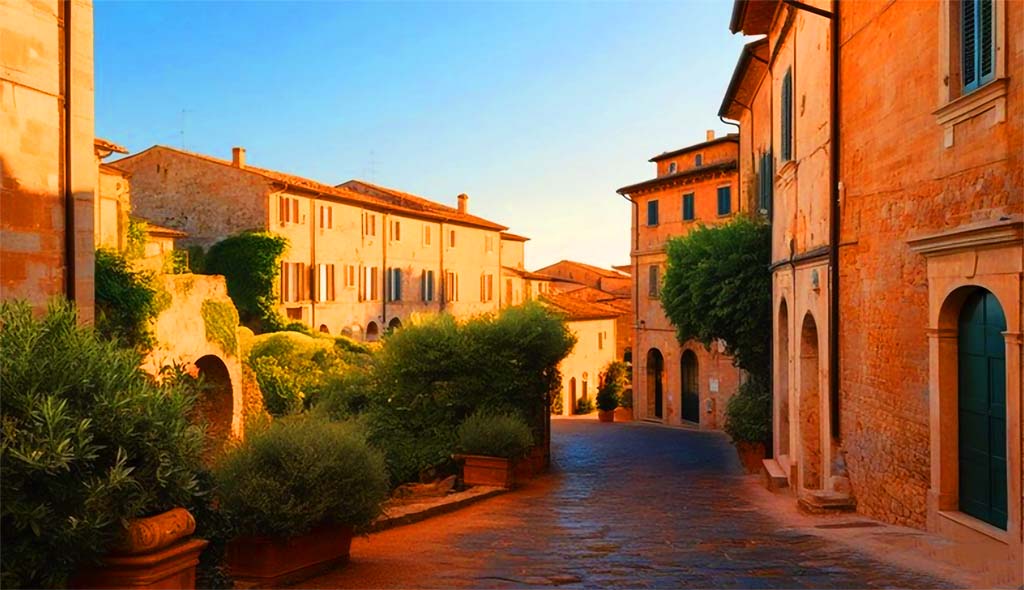
The spatial spread of pasta reveals how different Italian terroirs generate their distinctive culinary heritage. The differences between pasta describe the local ingredients and venerable cultural habits of each region. Just take the north of Italy, Lombardy and Emilia-Romagna, for example: their thick, warm, smooth creams made with butter and cream, and so forth, are traditionally served with fresh egg pastas such as the tagliatelle and tortellini.
To the south, to such areas as Campania and Sicily, there appears a completely different gastronomic scene. The southern Italian cuisine offers you easy, yet tasty dishes created from durum wheat pasta, such as spaghetti or penne with fresh tomatoes, olive oil, and a lot of seafood, which are the main food for a Mediterranean summer. The contrasts in geography are major influencers on the Italian food, highlighting individual characteristics of the regions’ flavor profiles, as well as exposing the consistent habits of generations of cooks.
If your Italy vacation packages are centered on the pursuit of food discovery, then visiting these regional specialties offers a better insight into classic Italian cuisine. With these menus, you learn the roots of famous Italian cuisine—a door into the authentic Italy.
The Ultimate Guide to Cooking Techniques for Regional Pasta Dishes
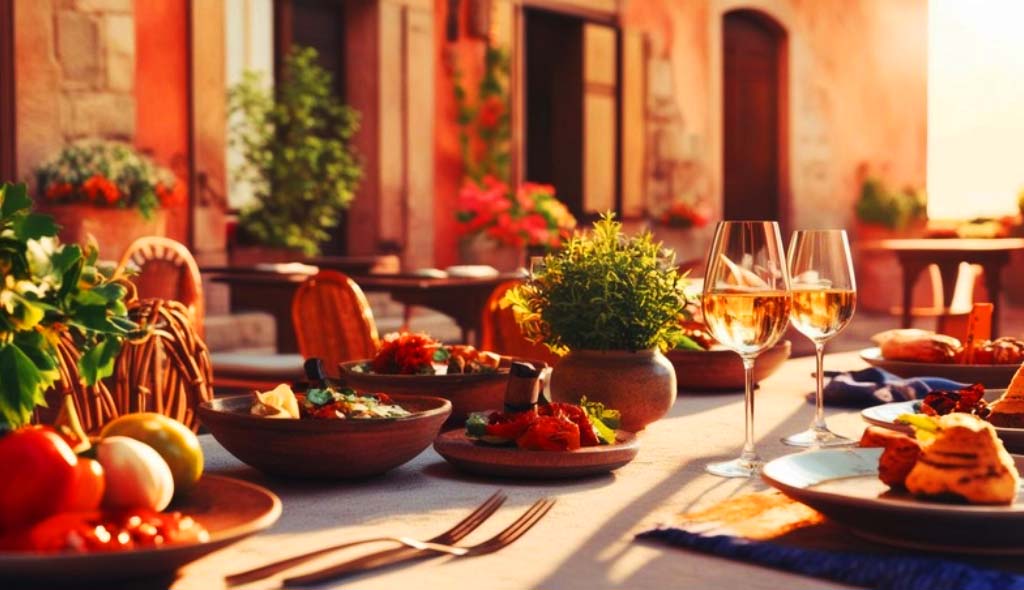
Cooking a portion of pasta with finesse is a very basic approach to any Italian cuisine that anyone would want to perfect when they wish to improve their cooking skills at home or in the professional kitchen. There is a comprehensive guide on the art of cooking regional pasta dishes, which describes many techniques that improve your cooking skills and put authenticity in your kitchen.
The best thing to learn about is how to cook your pasta in such a way that it is perfect for the al dente state. This means softening your pasta to be tender but firm in the center, of biting into your pasta. For this reason, it is important to have a look at the inscriptions on the package, but also to start testing for doneness a minute or two before.
Moving forward, we’ll discuss how to cook sauces that accommodate the flavors of certain pastas. A noisy ragu is better with wide noodles, such as pappardelle, whereas light sauces like aglio e olio dazzle thin spaghetti. Prestige varies in whether you use the freshest available ingredients, succulent tomatoes for marinara or fragrant basil for pesto, and it can make a difference to the real flavor of your food.
A mastery of these age-old cooking methods and an appreciation of what makes popular Italian cuisine a classic will make certain the contents of your dish will be both memorable and reverent of Italy’s dynamic culinary history.
Conclusion: Embark on a Culinary Adventure with The Pasta Map Today!

The Pasta map invites you to go on a culinary journey right now. The Pasta Map celebrates various global pasta cuisines and encourages you to dig out innovative recipes that can flesh out your meals. With its culinary inspiration, practical hints, and record of time-honored experience, The Pasta Map is the recipe for mastering this longstanding delicacy. Minimize the creation of good stories while serving guests their authentic pasta dishes that you’ve made with care.

Meet Manjari—a storyteller at heart and a traveller by soul. From cobbled streets to mountain trails, her travel writing captures the heart and history of each destination she visits. With a pen in one hand and a suitcase in the other, she has journeyed across Europe and beyond, always chasing that next untold story. Edinburgh, with its charm and character, is her personal muse. Her blogs promise not just travel tips, but the soul of a destination—told with honesty, curiosity, and a dash of poetry.


